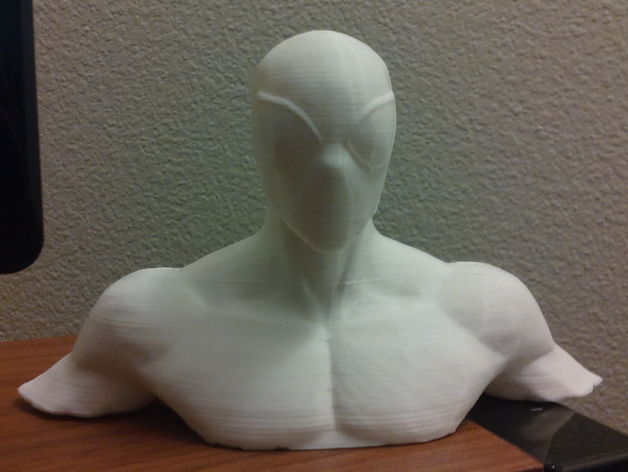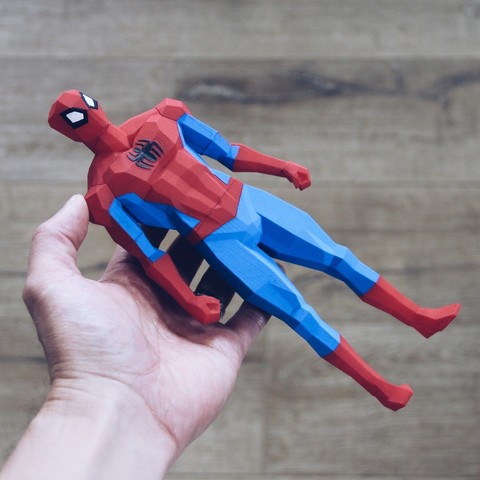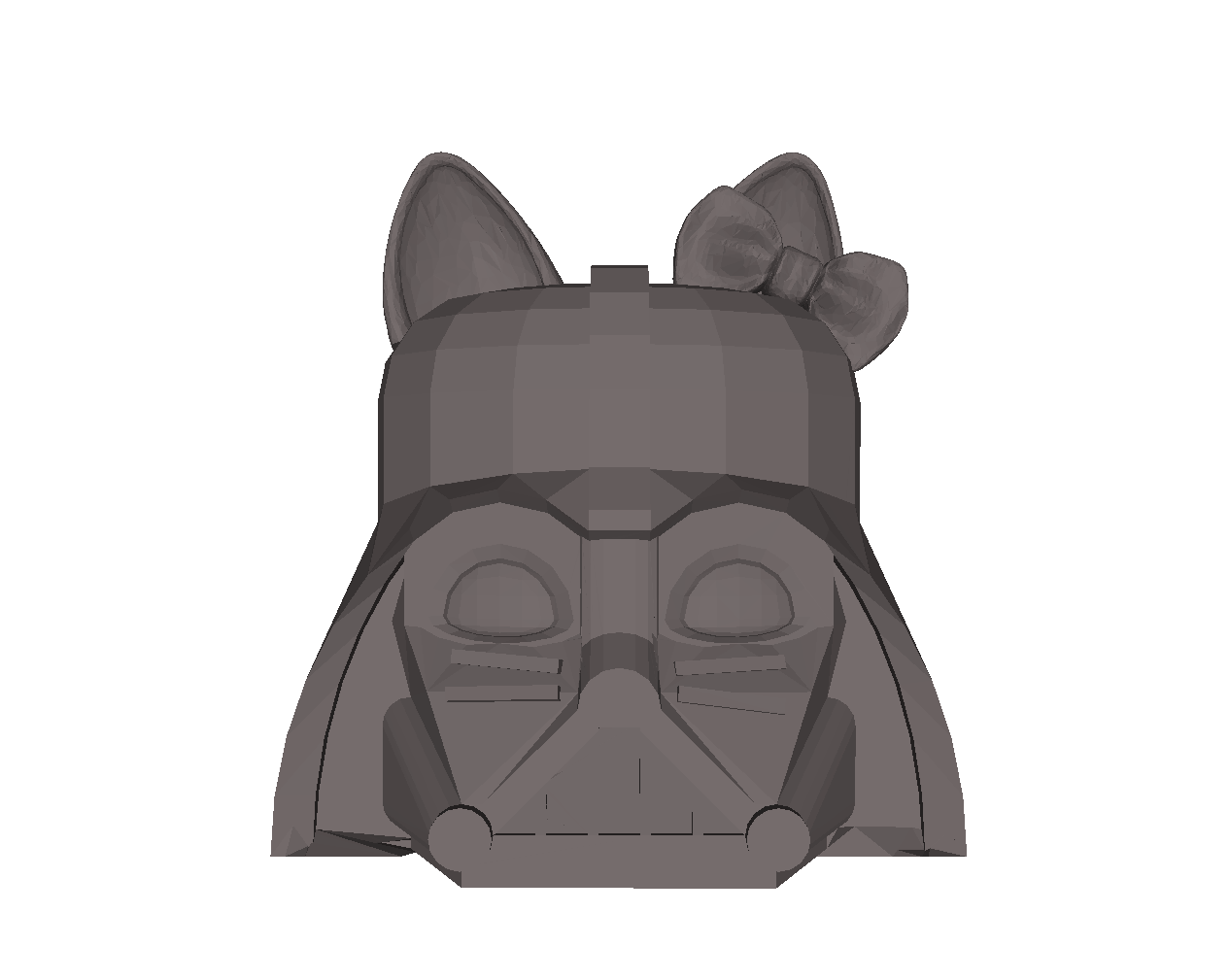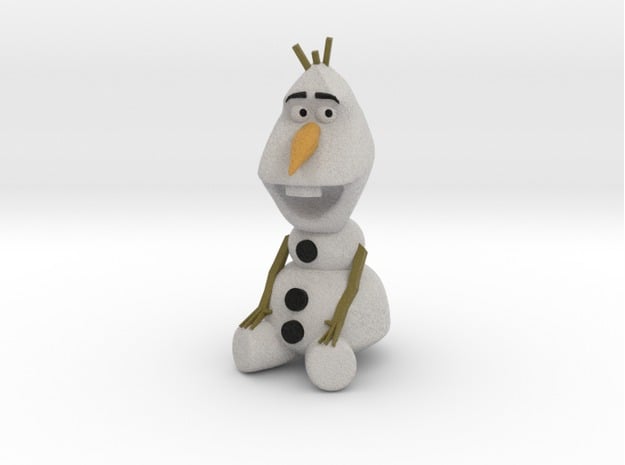
Earlier we wrote a story on LayerTrove, a new Scotland-based startup that happens to be selling unlicensed 3D content. But how often does this occur? It turns out to be astonishingly frequent.
By “licensed content”, I mean designs that are identical to or based on content created by others. Typically it involves very popular brands such as cartoon, game, TV or movie characters, which have huge followings.
Such designs were created by their owners and form the basis for substantial revenue. But the popularity of the characters draws the attention of others that would like to capitalize on that following. It makes sense: would you rather buy a Spiderman 3D model or some other character you’ve never heard of?
There is a way to do this quite legally: simply acquire a “license” from the rights holder to proceed. The license will no doubt require some form of payment, usually a royalty, on each sale made. In this way the rights holder can capitalize on the sales of their character, even though they aren’t selling it directly. One company, Source3, is even dedicated to the idea of formally organizing the licensing of 3D printed objects.
Sometimes, however, the license fee exceeds the capability of those requesting it. In 3D model repositories, it might push the price of models beyond the level where customers would want to pay, making that business ineffective. In other cases the rights holder may NOT wish the license their character at all.
These barriers cause some enterprising operations to make use of the designs without the license. But how many? This is not something limited to LayerTrove by any means. Let’s take a look at a few 3D repositories and see what’s up.
A casual search on Pinshape, Shapeways, Thingiverse and Cults3D for “Spiderman”, a character design owned by Marvel, revealed interesting results. In each site there were multiple items related to “Spiderman”. Many were items embossed with Spiderman-y logos, but others were literally the Spiderman character, including the “Spiderman Bust” shown at top by Thingiverse contributor Joe E.
Searches for similar licensed items will also find you hundreds of almost certainly unlicensed designs. “Disney”, even without specifying Disney characters, yields 420 results on Thingiverse and many, but not quite as much, on other sites.

A “Low Poly Superhero”, which is suspiciously similar to Spiderman

This item is even more interesting: the Darth Vader Hello Kitty 3D model by Thingiverse contributor fencingfinn manages to violate TWO licenses in a single model!
If you do such searching on Etsy.com, a non-3D crafts marketing site, there are many thousands of unlicensed items. The problem is definitely not limited to 3D model files.
From the point of view of the rights holders, what should they do? It would be logistically impossible to chase down those using their content. Instead the typical approach is to focus on the violations that are making substantial amounts of money – or are setting a precedent that could lead to future loss of substantial amounts of money.

So while there are tons of designs on Thingiverse, I suspect it would be relatively infrequent that take-down notices are issued for that site. Yes, there have been a few, but since no money is changing hands on that site, the rights holders are mostly ignoring it. On the other hand, if you’re selling such designs, you may be eventually caught up in a legal process, particularly if you’re making a lot of money from it.
It would be nice if rights holders offered some form of limited use license for hobbyists and others to contribute to the brand. Some rights holders actually do this, but many do not. Others vigorously protect their content for fear of setting precedents, even attacking the slightest use of their material.
If you could call this a battle between users and rights holders, it seems that the users are winning.

